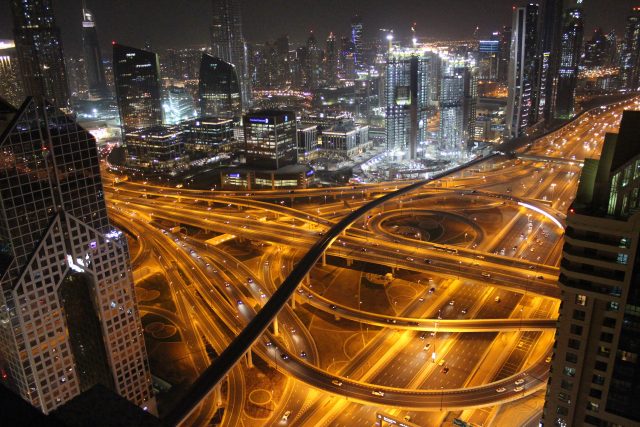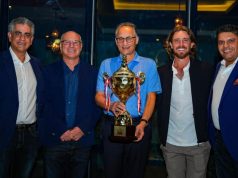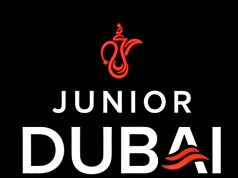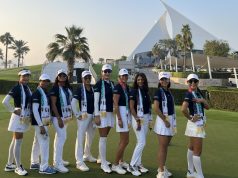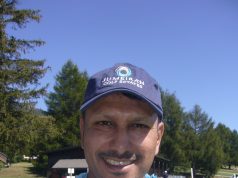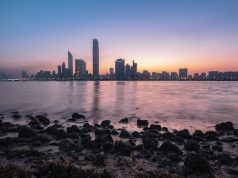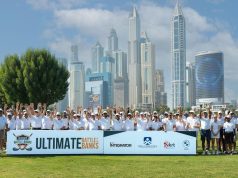Parsons’ George Arvanitis and Tarek Elmalatawy discuss the benefits of transit-oriented development.
As global trends of urbanisation accelerate, there’s a need to connect increasingly dense urban centers. To alleviate symptomatic congestion and deliver healthy, sustainable environments, cities should be human-centred and pedestrian-oriented, with a diverse mix of neighbourhoods and uses, easy access to modal transport and a vibrant public realm.
By clustering communities around high-quality public transport, transit-oriented development (TOD) can play a key role in promoting compact, livable, sustainable developments while providing quality amenities that are essential to health and well-being. This in turn can create synergy and opportunity to diversify development opportunities, linking working, living, shopping and recreation more intimately to deliver a more varied land value proposition and commercial return to shareholders.
A recent report by Knight Frank highlighted that residential property along key Red Line Metro routes has outperformed the wider residential market. Residential properties within a 10-minute walk command a 9% premium, and those within a 15-minute walk command a sizeable 32% premium over Dubai’s average residential property.
Parsons’ Urban Development Studio has been collaborating with Jumeirah Golf Estates and the RTA to master plan one of Dubai’s first TOD developments. We’ve transformed a landmark site along Dubai’s Mohamed Bin Zayed Road with future mobility networks into a livable, sustainable, high-density, mixed-use destination by promoting urban design principles that provide quality communities and public spaces:
- Capitalising on future public transport, with extensions of the Red Line Expo Link transit station and Purple Line to Al Maktoum Airport and to the wider city
- Building densely to leverage the land value from the vertical expansion
- Preserving public spaces to create interaction and promote walkability
- Promoting a diversity of uses to create livable open spaces
- Delivering a mix of housing types with increased floor-plate efficiency
- Providing neighbourhood centres with active ground floors
- Creating quality streets that encourage walkability
- Promoting cycling with active transport for community well-being
- Reducing parking requirements
- Creating environmentally friendly development by reducing the use of cars, thereby reducing the carbon footprint
The advantages of TOD are not limited to creating more walkable cities that are less reliant on cars. They also include promoting healthy city living while reducing pollution and energy use.
In planning future communities, developers and authorities can capitalise on Dubai’s capacity to work in partnership and secure capital investment quickly to implement sustainable projects. However, we should concentrate on the interface of individual projects that, when combined, can produce a single sustainable Dubai greater than the sum of its developments.


